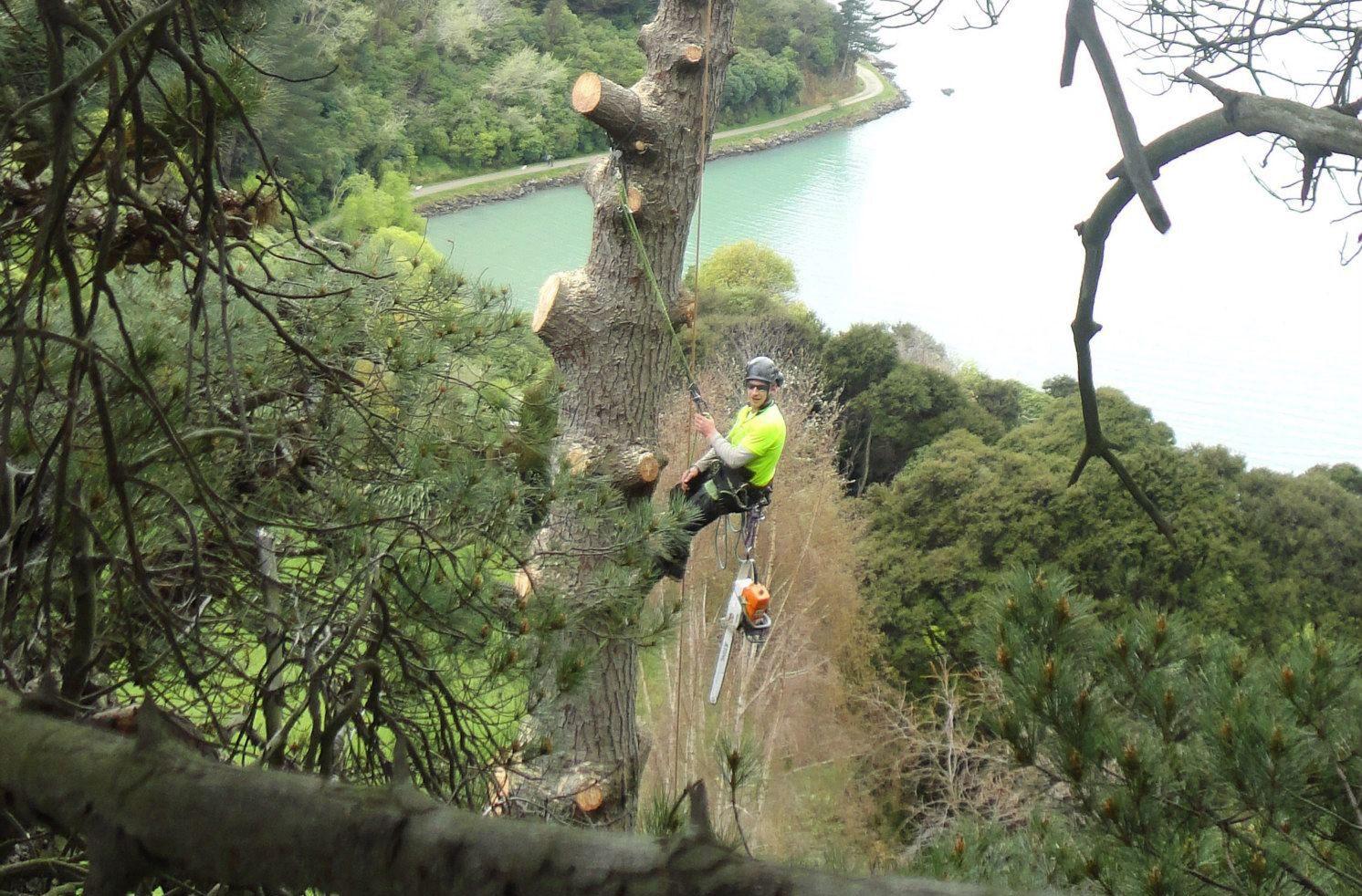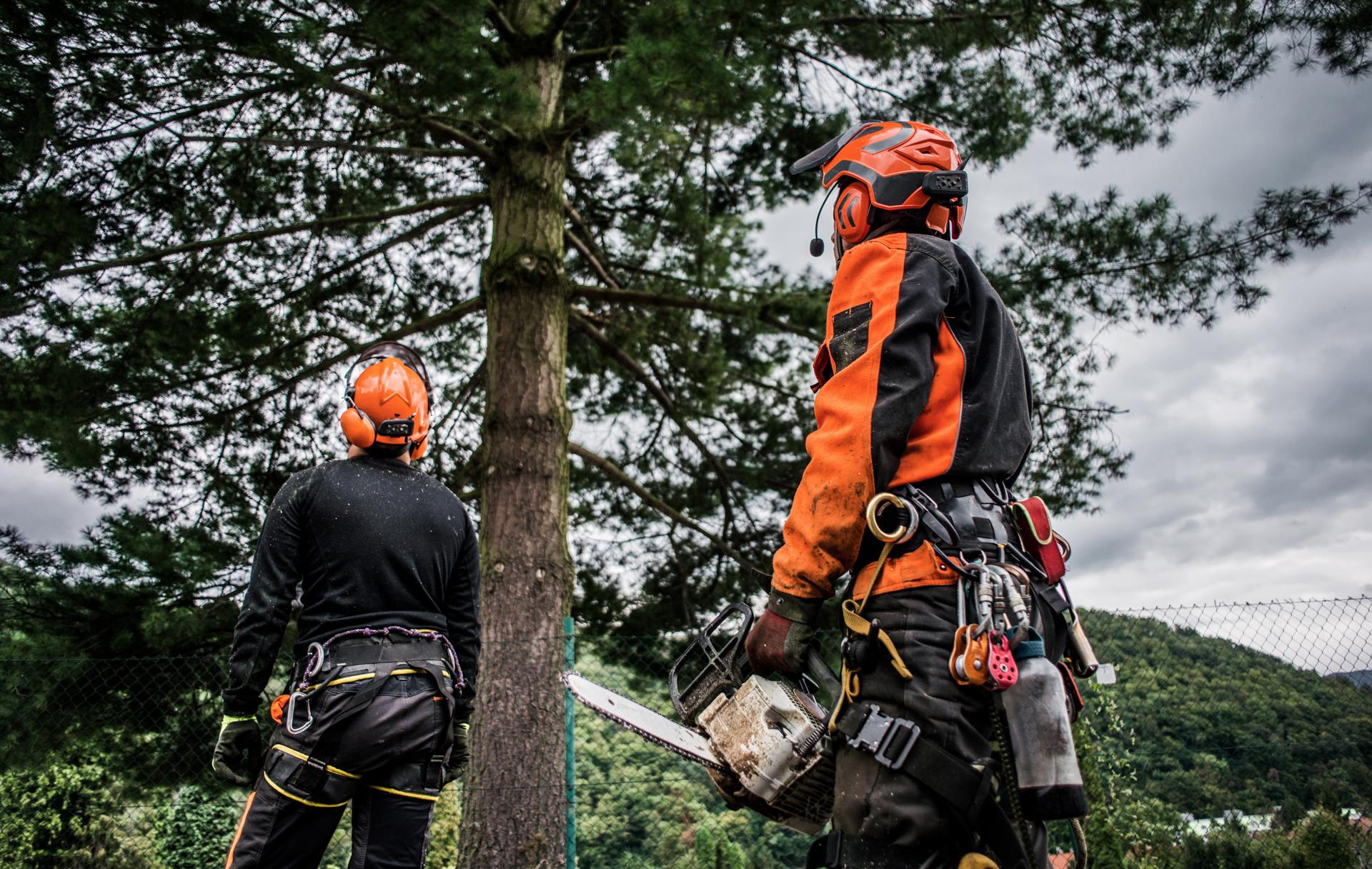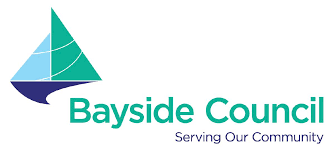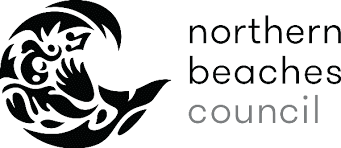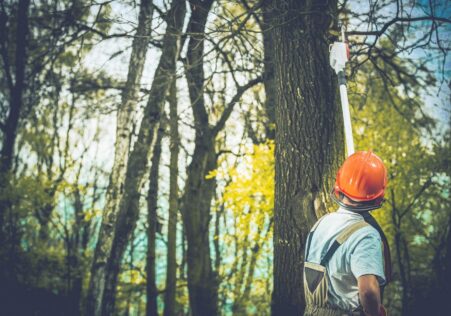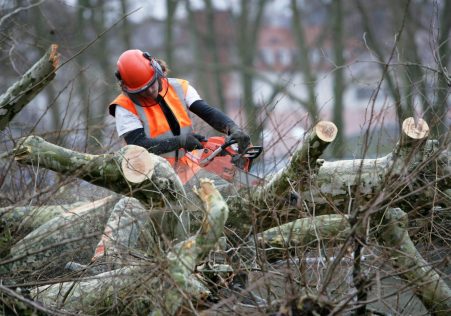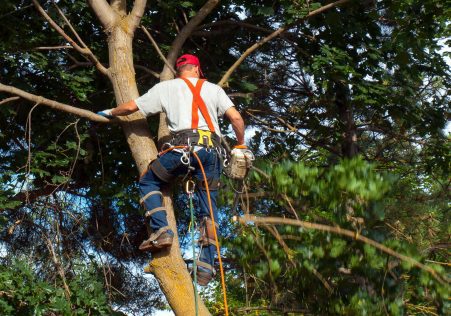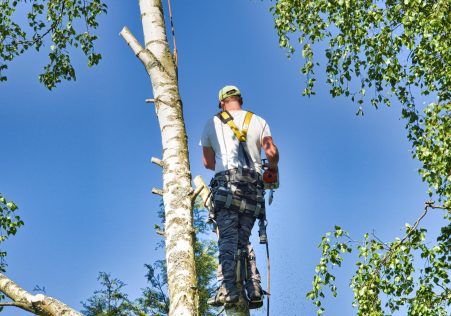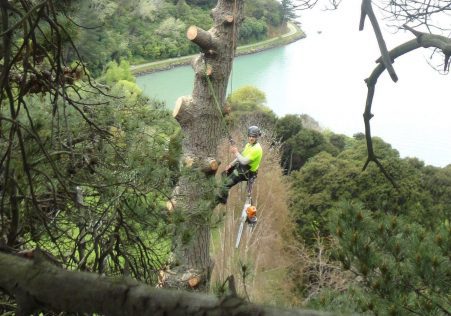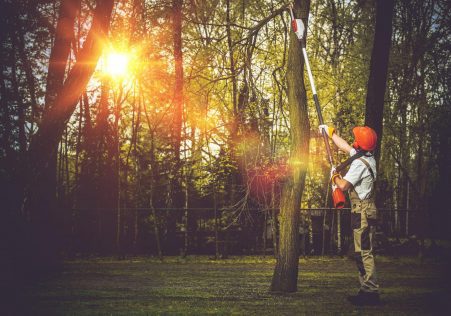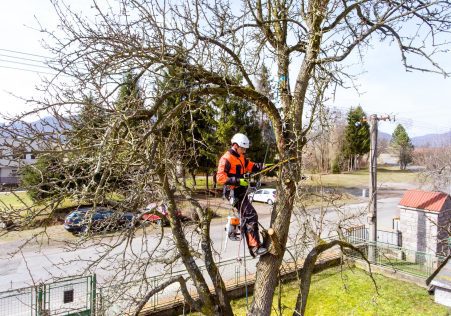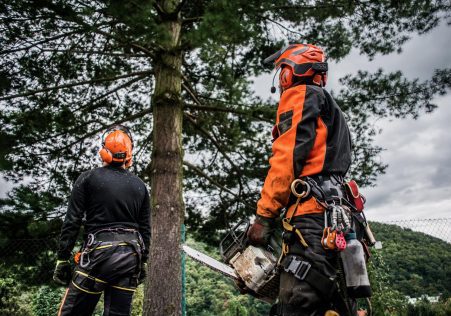An Arborist's Expertise to Tree Removal
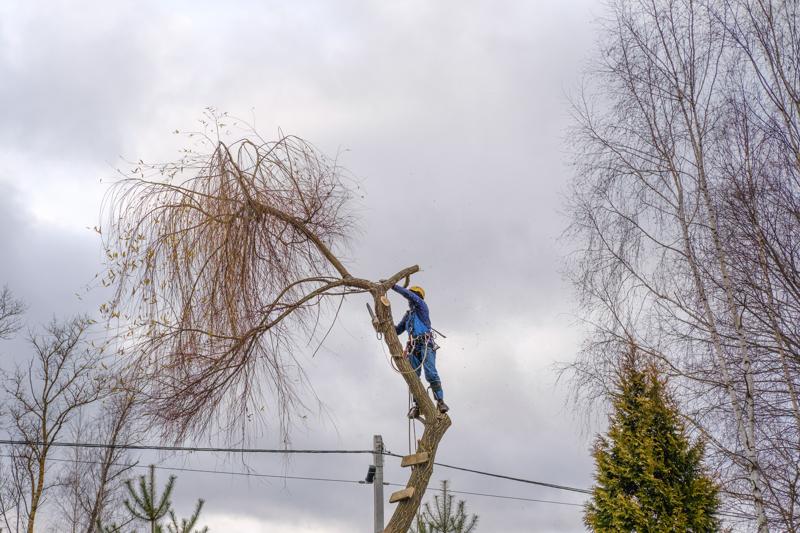
Tree removal can be a complicated and potentially hazardous task. If a tree is dying or diseased or is at risk of falling, it may have to be removed in order to prevent damage to property and ensure safety. But how can you tell if a tree needs to be cut down? In this article, we’ll guide you through the signs to watch out for and help you figure out when it’s time to call in the professionals.
Dead or Dying Trees
One of the most obvious signs that a tree should be removed is if it is dead or dying. Dead trees do not have leaves and may have a lifeless appearance. If a tree is without leaves or evidence of growth, it’s probably dead. In addition, the bark of a dead tree could be cracked, dry or peeling.
Trees that are diseased
Trees with diseases could pose a danger to other trees and plants in the surrounding area. Common signs of disease on trees are the appearance of yellowing leaves, wilted branches, and mushrooms growing at the bottom or the trunk. If you think your tree is suffering from disease it is important to have it examined by a professional arborist.
Leaning Trees
Trees that lean to one side may indicate it is a sign that the roots are failing, and the tree may be at risk of falling. To determine if a leaning tree could be a threat, check for cracks or broken areas in the trunk, and then look at the soil at the tree’s base. If you notice any of these indicators, it’s best to have the tree evaluated by an arborist.
Overhanging Branches
The branches of overhanging trees that are in close proximity to power lines or buildings can be a danger to safety and property. If you are concerned about branches hanging overhanging It is recommended to have the tree evaluated by an arborist to determine if removal or trimming is required.
FAQs
How can I tell if a tree is dead?
An individual tree can be said to be to be dead if it is without leaves and shows no evidence of new growth. In addition, the bark of dead trees may be dry, cracked, or peeling.
What are the signs of a dying tree?
Common signs of disease in trees are dying leaves, wilted or yellowed branches, and mushrooms growing at the at the base of the tree.
Is it safe to take down an entire tree on your own?
Tree removal can be a complicated and potentially dangerous task. It is best to leave the task to professionals to ensure the safety of you and others.
Conclusion
When you’re dealing with tree removal, it’s important to be aware of the indicators that indicate that a tree needs to be removed. By being aware of the signs of dead or dying trees, diseased trees, leaning trees, and overhanging branches, you can take steps to ensure the safety of your property as well as those around you. If you believe that the tree that is on your property requires removal do not hesitate to reach out to Hawkesbury Aborist for a professional review. Our highly trained arborists have the experience and equipment to take care of all the tree removal requirements. Don’t risk your safety. If you think a tree on your property should be removed, contact Hawkesbury Aborist today for a expert assessment. Our experienced arborists can provide you with peace of mind that comes with knowing your property is in good hands. Call us now by dialing 0480 024 267 to schedule an appointment.

